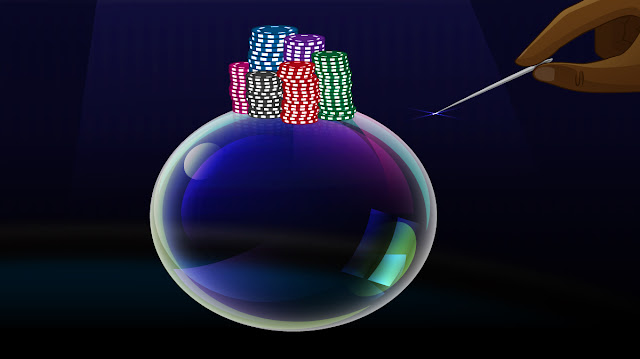Previous repairs in tennis
All weather tennis courts require routine resurfacing every four to six years depending upon the amount of play and environmental conditions such as the amount of leaf fall on the court, shade, etc. 스포츠토토 In addition to performing routine resurfacing, some interim tennis court repairs such as pressure cleaning and crack repairs should be anticipated between resurfacing cycles.
The purpose of coating a tennis court is to prevent the harmful oxidation and wear of the asphalt surface and to provide sure-footed traction and consistent ball response. If you neglect routine resurfacing and interim crack repairs, you should plan on incurring the major expense of an asphalt overlay.
Just like the asphalt, any hard court can be damaged. It can suffer from temperature cycles, water damage, poor installation, freeze damage, and many other factors. Cracking, depressions, and puddles are the most common signs of your tennis court needing repairs. Do you think that you can wait until the end of a season? Players and spectators who come to your tennis court beg to differ. A cracked tennis court doesn’t just look bad it IS bad.
It becomes a trip hazard, impacts the speed of the game and robs the players of the conditions they need for a good match. Do you want your visitors to be happy and come back again? Don’t want your tennis court shut down because of accidents, do you? Then don’t push your luck and get a team of experts to restore your tennis court to its original beauty.
TENNIS COURT REPAIR BIRD BATHS
These occur if your surface has a low spot and a crack in it. The water fills the crack and remains, creating a puddle. It does not look pleasant and the water continues to damage the surface by breaking down the acrylic coating system, which acts a barrier for your asphalt. In time, the birdbath will get bigger and bigger. You want a tennis court, not a swimming pool, right? Our team of experts can solve this problem either with multiple layers of acrylic patch binder or an asphalt patch.
The resurfacing begins with deep, full-scale repairs of the court structure. First, the team removes any debris from the cracks by using a power washer. Any material used for filling in the previous crack repair is also removed. It is necessary because if the crack issue re-emerges, it means that the material became brittle. The outdated materials are washed out via the pressure washer/sawed out with a diamond saw/ chiseled off manually. The crack walls must be thoroughly dried to provide a successful bond between the new material and surface.
The repair team dries each crack carefully before filling it. After the crack is filled and sealed, our experts will make the surface smooth to bring the tennis court back to its original state and prevent the material from curling. If our team encounters any drainage issues, they are fixed immediately. After the repairs are done, the surface is leveled out from depressions. Next, we reseal the asphalt with a new acrylic coating. Sometimes owners want to skip this step and go straight to painting, but we advise against it. The acrylic coating insulates the surface and restores texture integrity. Skipping this phase is like bandaging a wound without sanitizing it first. Also, the application of acrylic emulsion gives the court a shiny new look and hides all traces of the repairs.


Comments
Post a Comment